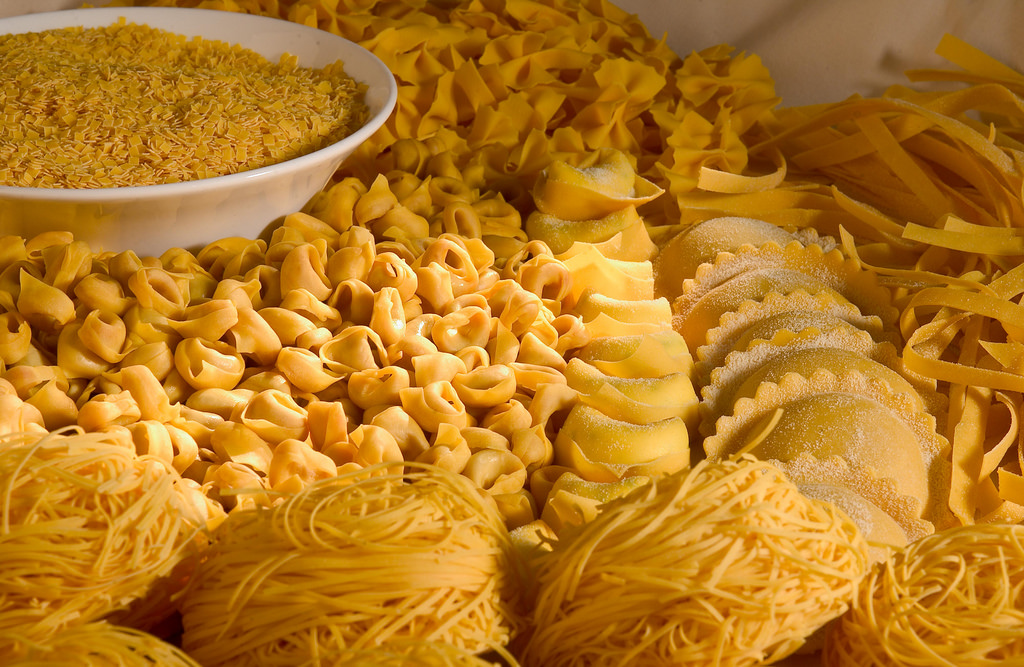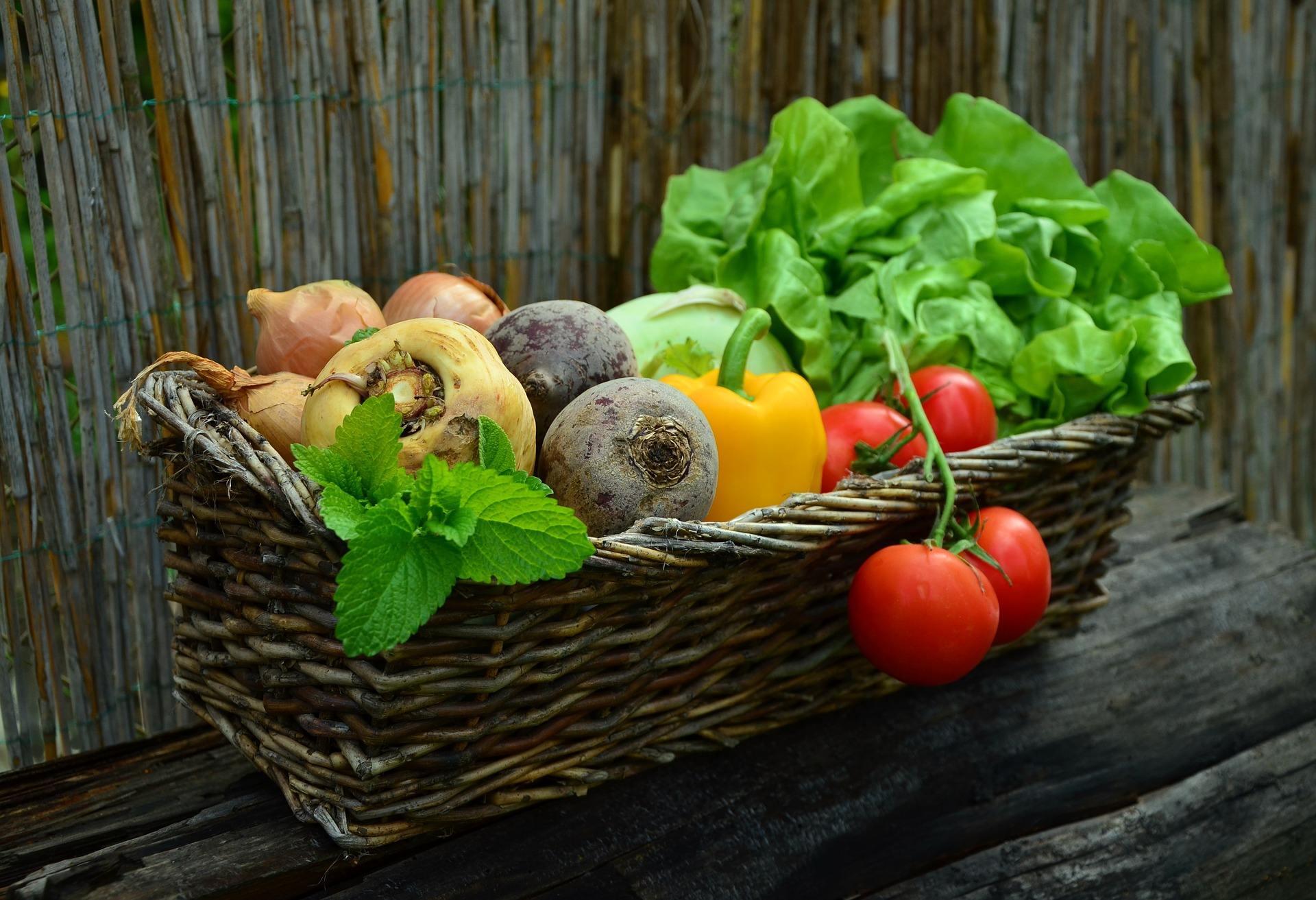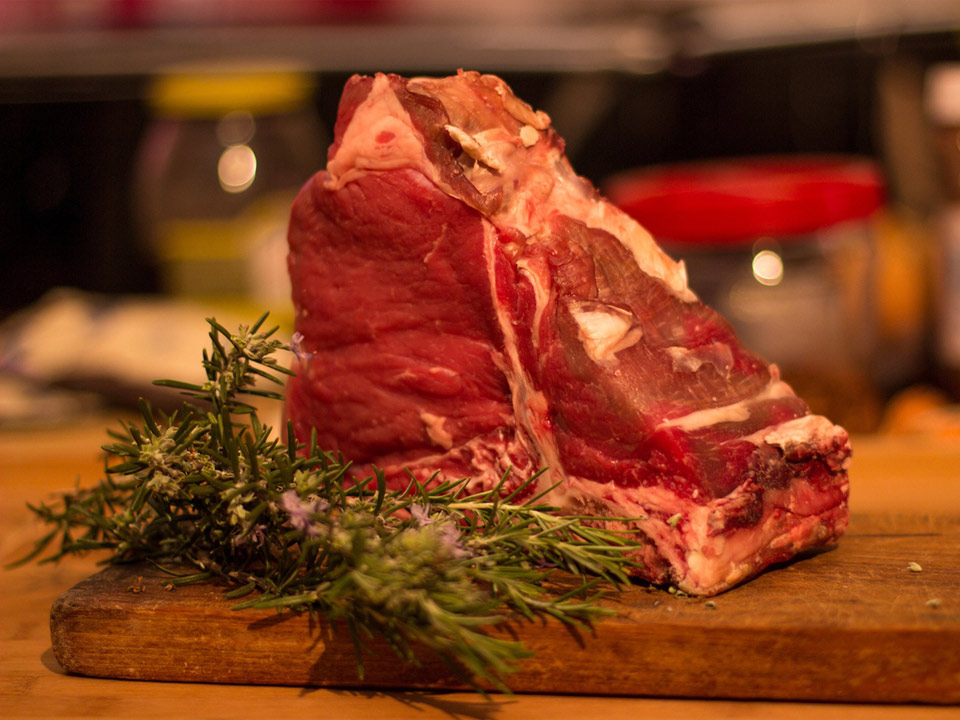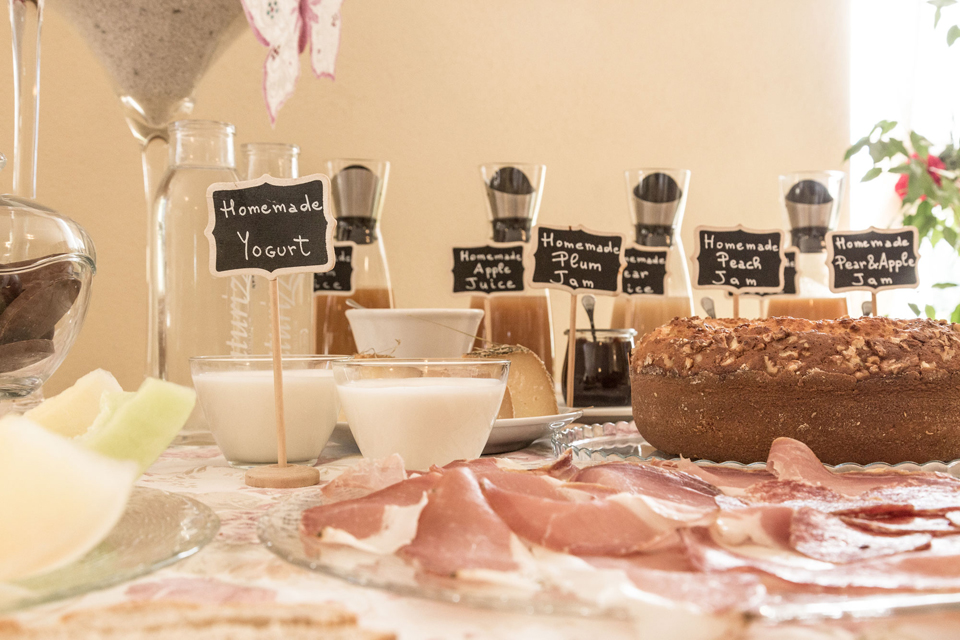
First Courses
Pici, pappardelle with wild boar, gnocchi with pecorino cheese and pepper sauce, tagliatini with chickpeas, bread soup (ribollita), panzanella…
Pici: This is our famous homemade pasta which resembles spaghetti but is thicker and is made by hand. The housewives of the Val d’Orcia made their pici with just flour and water, but now we also add an egg for consistency. In the old days, few could afford to buy eggs, meat, or even prepared dry pastas.
If you decide to make pici with us, you’ll learn that the most important thing is to get a smooth, elastic, dough, by adding more or less water depending on the weather and the humidity contained in the flour. After that we will begin to “appiciare” or to work by hand, rolling a strip of dough on a work surface to obtain a long spaghetti-like piece of pasta that can be as as long as two meters! Making pici is an art. I learned to do it as a child, standing on a chair to reach the table. Everyone can learn to do it with just a little practice.
In Tuscany pici is usually served with a meat ragù, or aglione (a homemade garlic tomato sauce with a large garlic variety called aglione—the garlic and pepper are cooked in olive oil before being added to a tomato sauce) or even a pecorino cheese and pepper sauce.
Pappardelle with wild boar: Pappardelle are strips of homemade egg pasta, hand-rolled with a rolling pin. These wide flat noodles are typically served with a sauce of cinghiale, the wild boar who live in the woods around our house.
To prepare the boar sauce, in a pot on the stove mix together carrot, celery, onion and ground meat with a lot of extra virgin olive oil. The oil is one of the secrets to a smooth sauce and will be absorbed by the pasta. Everything is cooked gently for an hour and a half until the meat is cooked well and has a nice dark brown color. Only at this point when the meat is dark brown and is sticking to the pan, add half a glass of red wine to the meat and let it absorb for a few minutes, then add the tomato sauce and tomato concentrate. Let the sauce cook for another half hour.
To prepare the pasta dough you will mix eggs (usually one egg per person), flour, a tablespoon of olive oil and salt. The dough will be elastic and beautifully yellow after you have finished adding the flouer. With a rolling pin you’ll roll out the dough until it becomes quite thin, then let it dry for about a half hour before folding in onto itself and cutting it into strips of about two cm. During your stay if you decide to take a cooking class, we will reveal many secrets of making traditional homemade pasta in Tuscany.
Gnocchi with pecorino cheese and pepper sauce: First we need to prepare the gnocchi, so we take potatoes, wash them, and without peeling them, cook them in boiling salted water. When cooked and still hot, take them one by one, peel them and mash them, then put them on a work surface with a little flour to prevent them from sticking. At this point form the potatoes into a fountain, then work in a little hole and add egg and salt. Then mix everything together with a little more flour. (the amount of the flour varies depending on how much water the potatoes have absorbed, usually for a pound of potatoes we use about 300 grams of flour). Everything is processed quickly without adding too much flour, otherwise the dumplings will be very hard. Next take a piece of dough and form it into a long strip with a thickness of about 2 cm. With a knife, cut the strip to form the dumplings. Repeat with all of the dough, placing the finished gnocchi on a tray with corn flour to keep them from sticking. Next add the gnocchi to boiling salted water. When they return to the surface, remove them and serve them with a cheese sauce. (link to pecorino cheese tour and recipe).
Tagliatini with chickpeas: Tagliatini are thin strips of egg pasta hand-rolled with a rolling pin. Like with the pappardelle we start with egg but we roll the dough a little thinner, then let it dry, fold it and cut it into very fine strips. To prepare the chickpeas, soak the chickpeas the night before, then the next day prepare a large pot with water, salt, one or two tablespoons of oil, celery, a clove of garlic, and the chickpeas. Bring to a boil, then lower the heat and continue to cook the chickpeas. Meanwhile, chop some carrot, celery, onion and a little rosemary. In a large skillet heat olive oil, salt, pepper, and when hot add the carrot, celery, onion mixture. Cook until the vegetables are golden, then add tomato sauce, a little more salt, and half of the cooked chickpeas, and continue to cook a little longer. After that, pass the contents of the pan through a food mill and add to the pot with the water and the other half of the chickpeas. Bring to a boil, and boil gently to reduce the soup a little. Now, our chickpea soup is ready to for the tagliatini. The tagliatini need just two minutes of cooking time. Serve immediately.
Bread soup (Ribollita): Ribollita is a soup made with cannellini beans, vegetables and bread that is famous in Tuscany. Soak the cannellini beans the night before. The next day prepare a large pot with water, salt, one or two tablespoons of oil, celery, a clove of garlic, and the beans. Bring to a boil, then lower the heat and continue to cook the over a low heat so as to not break the beans. Meanwhile chop chard, kale carrots, celery and potatoes into small pieces, then put the vegetables in a pot with water and bring to a boil.
In a separate pan make a sauce with onion, parsley, salt, pepper and extra virgin olive oil, when all is well cooked, add tomato sauce and a portion of the beans, adjust salt and cook a little longer. Pass the sauce through a food mill and add to the pot with the vegetables. Add the remaining beans that we had left whole. Boil the soup gently for another hour. Prepare a serving tureen with thin slices of bread, then ladle the finished soup over the bread to soften them. Make sure there is still plenty of liquid and serve. This is a delicious soup that you can eat when freshly made, or the next day when it is reheated…. hence the name “ribollita” which means re-boiled. This was traditionally a soup that was reheated over a fireplace and boiled, so as to form a small crust on the bottom of the pan. In our family, it was customary for my grandparents to reheat the soup and eat it for breakfast, ready to face the long work day ahead.
Panzanella: is a simple dish that peasants ate a lot during the summer months for lunch. It is stale bread, soaked in water and wrung out, and then seasoned with salt, olive oil, tomatoes, cucumbers, basil and vinegar. Traditionally it was served cold with chopped new onions.



